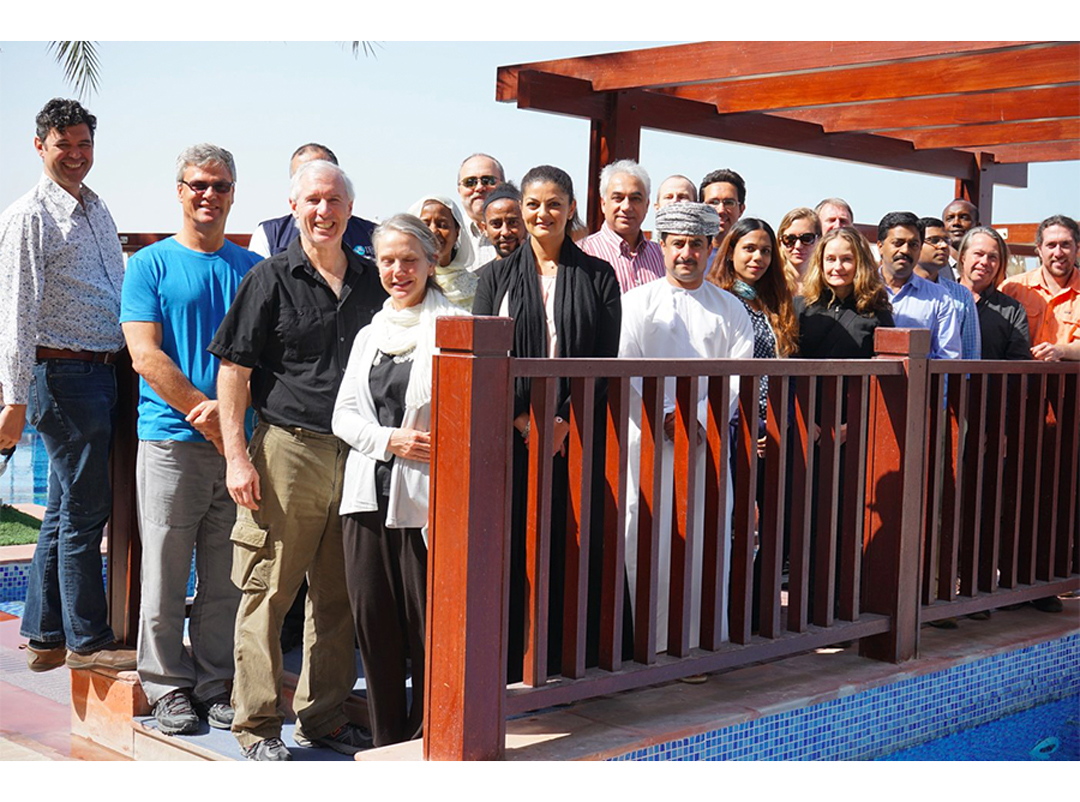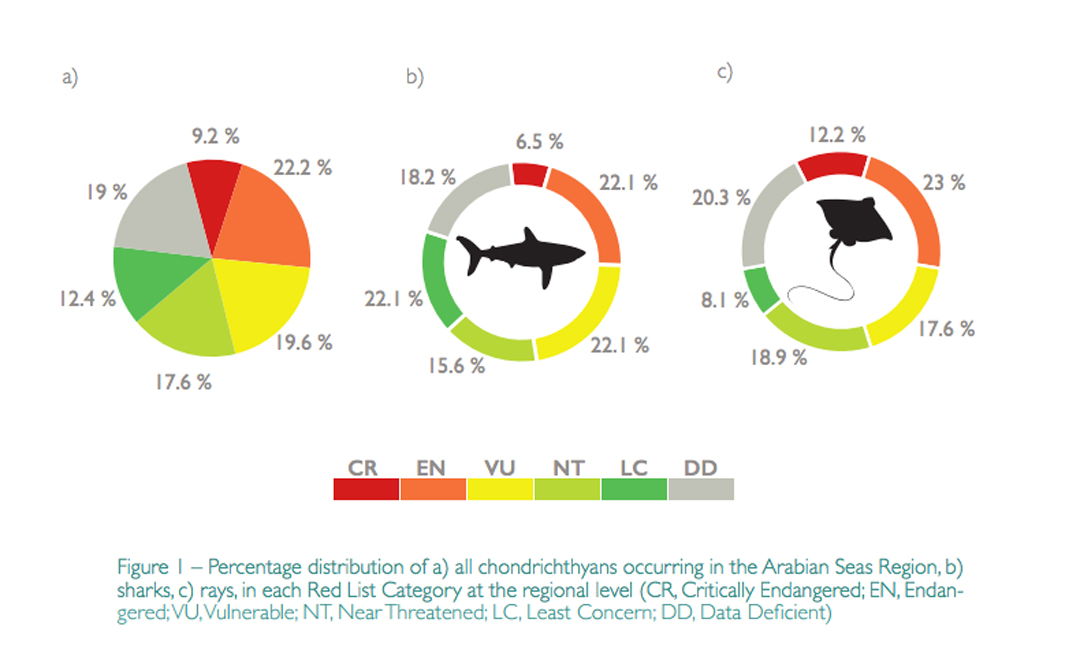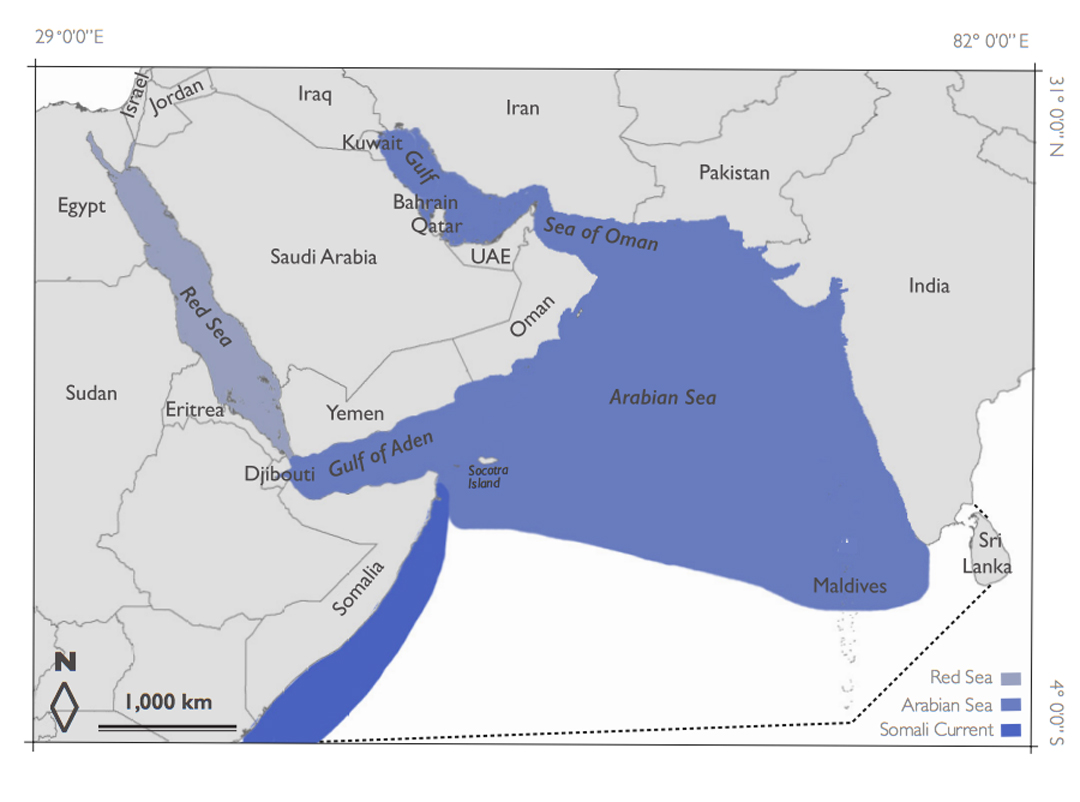New report on the status of sharks, rays and chimaeras in the Arabian Sea finds more than half are threatened with extinction
Project leader Rima Jabado and other members of the IUCN Shark Specialist Group have just released a new report on the Conservation Status of Sharks, Rays and Chimeras in the Arabian Sea and the surrounding waters. This report provides an overview of the conservation status of chondrichthyans in the Arabian Seas Region (ASR) and describes the results of a regional Red List workshop held in Abu Dhabi, United Arab Emirates, in February 2017 which was funded by Save Our Seas Foundation. It identifies those species that are threatened with extinction at the regional level, so that appropriate conservation action can be taken to improve their status. A regional overview of chondrichthyan fisheries, management and conservation is also presented in the report.

© IUCN Shark Specialist Group
The report is a regional overview of the IUCN Red List Status of 153 species of sharks, rays and chimeras put together during a workshop which was held with regional fisheries experts and biologists in Abu Dhabi to determine the extinction risk of these species.
With the help of the ICUN Shark Specialist Group, here are a few of the report’s key findings:

To conserve these species, the report recommends:

Overview of the Arabian Seas region
